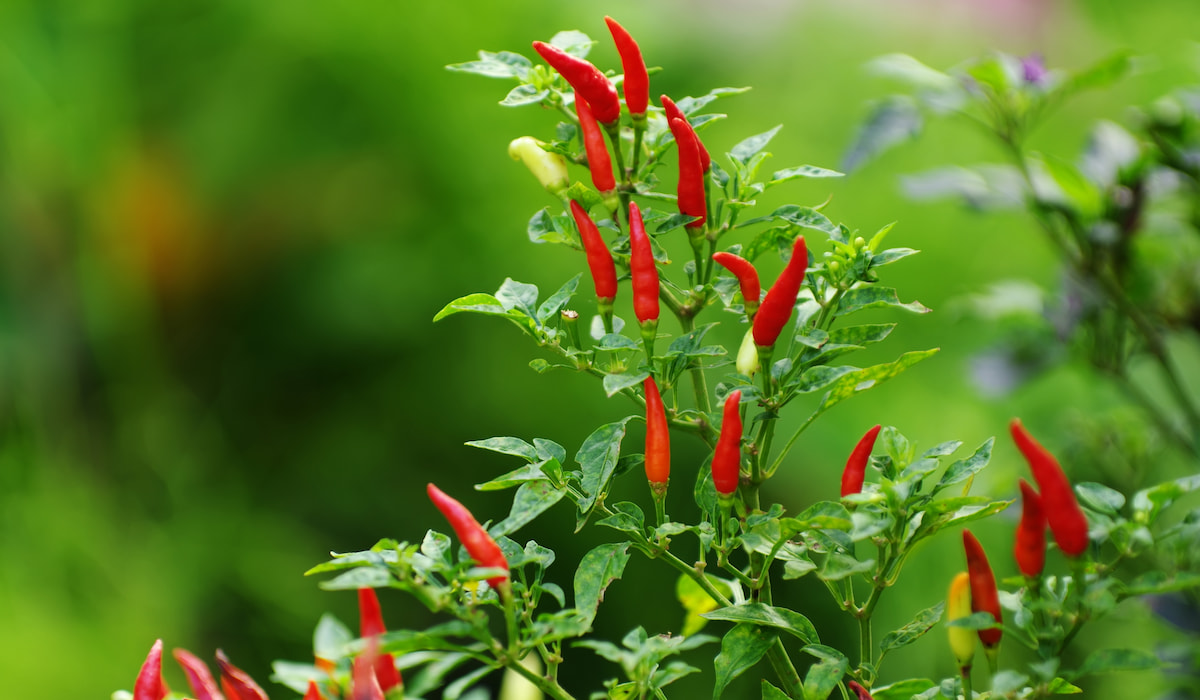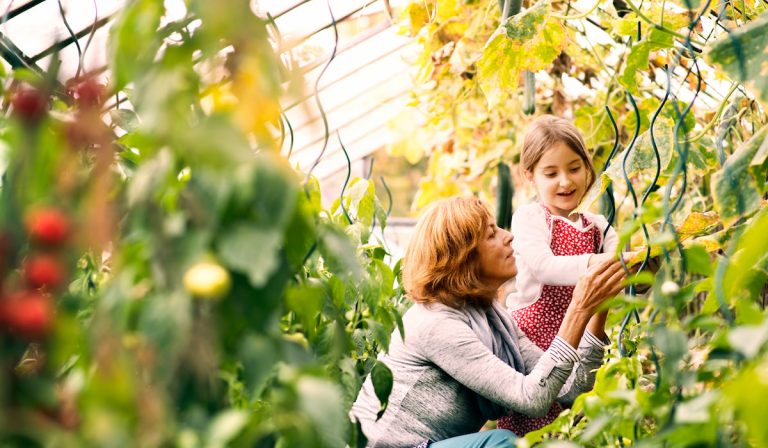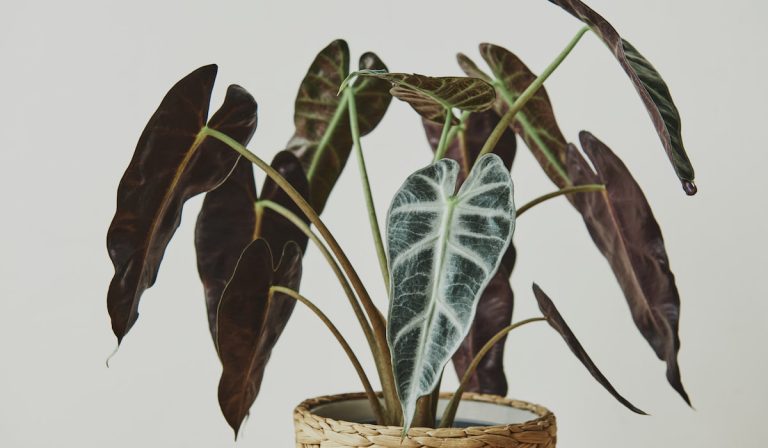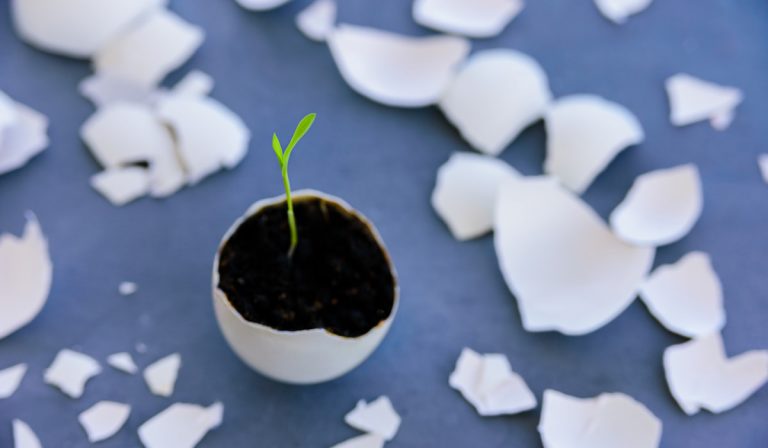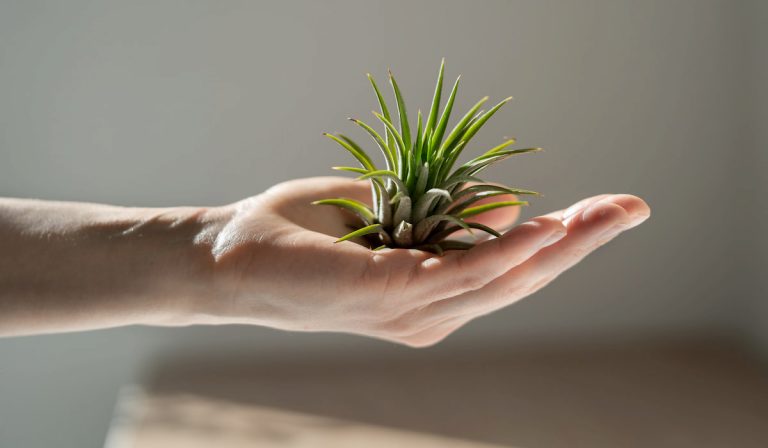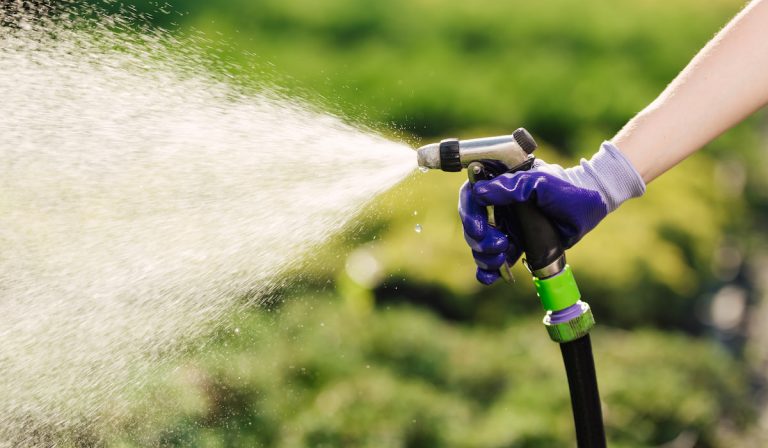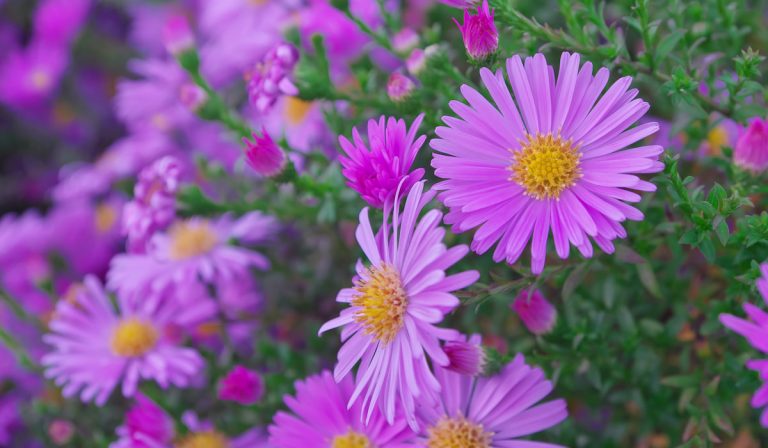Are Peppers Self-Pollinating?
Gardening is cool and fun. You get to enjoy your harvest and also witness the wonders of nature.
There are so many kinds of plants that you can grow at home. One very popular plant in most gardens is the pepper plant. Peppers are easy to grow and will give you colorful fruits in no time.
Speaking of fruits, how are peppers pollinated? Do they self-pollinate or not need other plants? Read this article.
Are pepper plants self-pollinating? Yes, pepper plants do self-pollinate.
Most pepper plants have complete flowers. This means that the flowers of pepper plants have both male and female organs.
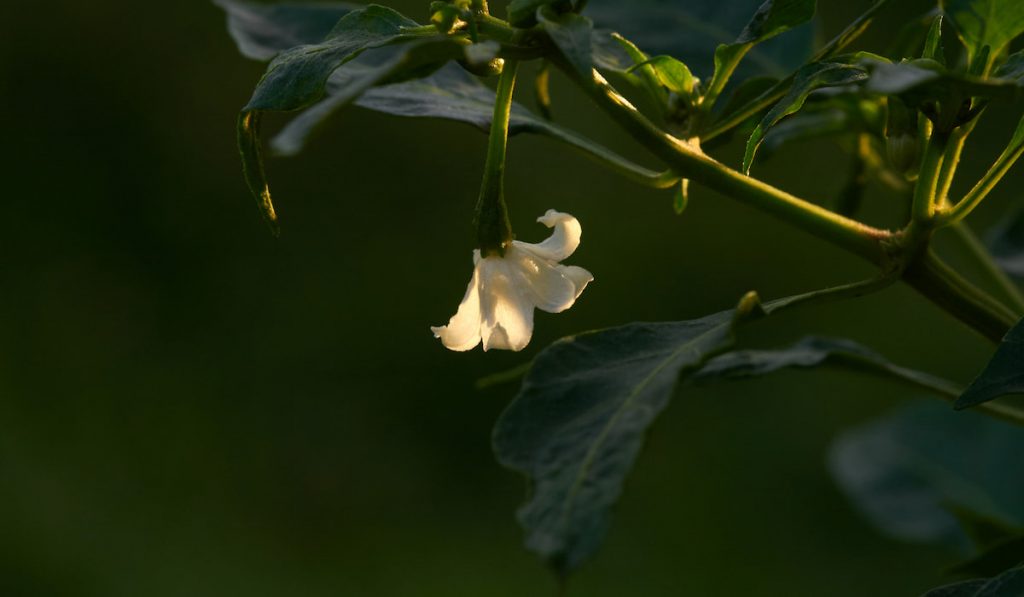
The pollen in each flower can pollinate (or fertilize) the egg cells in the ovule of the same flower, so pollination in peppers is usually very easy.
What more is there to know about the pollination of peppers? How can you make pepper pollination even easier? Continue reading.
Table of Contents
Pollination in Peppers
All plants need pollination to produce fruit and seeds.
Even though peppers need pollination as well, they tend to produce fruits easily (as if they are not pollinated). What is the secret behind the easy pollination of peppers? Let us discuss pollination in peppers.
What is Pollination?
Pollination in simple terms, is the transfer of pollen from a flower’s anther (male part) to the stigma (female part) to fertilize the egg cells in the ovule of flowers. Without pollination, your pepper plants cannot produce fruits.
There are two types of pollination. They are:
- Self-Pollination: Self-pollination occurs when pollen grain from the anther of a flower pollinates the egg cells in the same flower or a flower from the same plant. Many plants can be self-pollinated, but others prefer the other type of pollination.
- Cross-Pollination: In cross-pollination, pollen grains from the anther of a flower fertilizes the egg cells in the ovule of the flowers of a different plant (the same species). Many plants and trees such as avocados undergo cross-pollination.
Regarding self-pollination, each individual flower of pepper and very few other plants can fertilize themselves (meaning pollen from a flower pollinating the same flower).
This means that even though some other plants are self-pollinating, their pollen can only fertilize other flowers on the same plant.
Do Peppers Need Pollination to Produce Fruits?
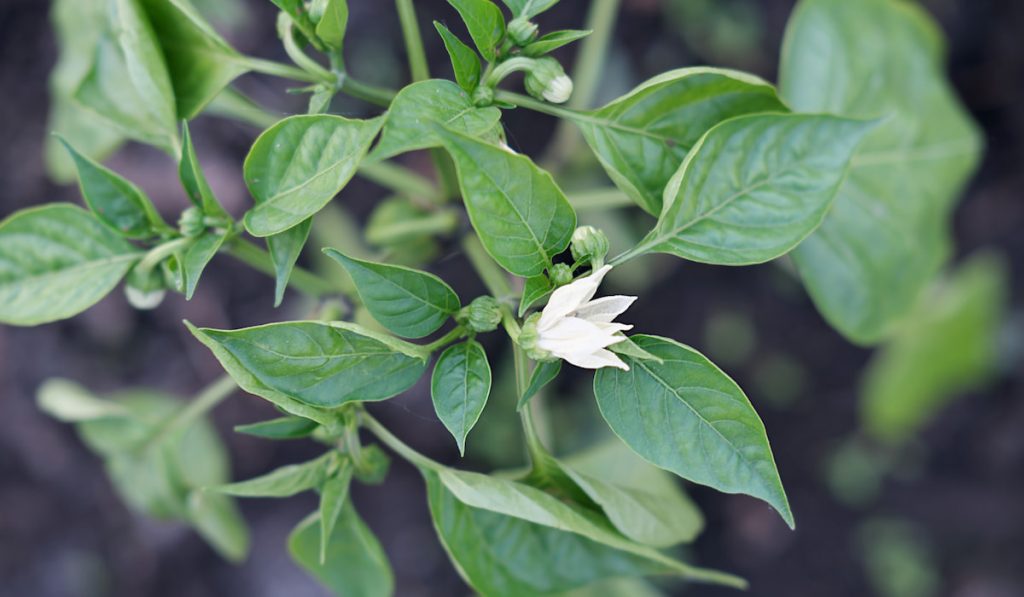
Every plant needs pollination to produce fruits. Without pollination, a flower cannot produce fruit because it is not fertilized.
Even though the flowers of peppers are not all that difficult to pollinate, they do go through pollination before they can produce fruits.
Can You Cross Peppers?
So long as they are in the same species, you can cross-pollinate different varieties of peppers. You have to do it manually because pepper flowers will automatically self-pollinate when it is time.
To manually cross-pollinate your pepper plants, you have to:
- Wait until the afternoon (between 12 noon and 3 pm). Pepper flowers have more pollen by that time of day.
- Identify the pollen grains in the flowers and also the stigma (female part of the flower).
- Collect the pollen grains with cotton or any material that they can easily stick to and fall off from.
- Carefully rub the cotton on the stigma of flowers in the second variety that you want to pollinate.
- Do so for every flower until you are satisfied.
Another awesome way to cross-pollinate pepper plants is to turn on fans in the room. The breeze from each fan will push pollen from one flower to the next.
You, however, should follow the steps above if you want a higher success rate. You should call an expert gardener to show you how to cross-pollinate peppers for the first time.
What if Your Pepper Plant is not Producing Fruits?
Peppers easily produce fruits. If your pepper plant is not fruiting, there could be some underlying problems. Just make sure that the environmental conditions are right for the plant.
Here are preferred conditions for pepper plants:
- Abundant Nutrients: Did you remember to give your plant a rich nutrient mix? What product are you using as your fertilizer? Younger (vegetative) plants need fertilizer rich in nitrogen (N) to produce green leaves. When you see flowers, however, you will need to switch to a fertilizer that is lower in nitrogen and higher in potassium (K) and phosphorus (P). Make sure that you are using the right nutrient mix for your plant.
- Temperature: Peppers are warm-season plants and prefer a daytime temperature of 70° to 85° F (21° to 29° C) and nighttime temperature of 60° to 70° F (15° to 21° C). When you grow your plant in temperatures cooler than that range, they will have stunted growth and refuse to produce fruits.
- pH: Pepper plants need a pH between 6 and 7. You should try to give your plants a steady 6.5. Any pH lower than 6 or higher than 7 may be too acidic or alkaline for your plant. If the pH is too high, your plant cannot absorb nutrients easily and you may notice yellowing of the edges of your plant. When the pH is too low, your plants cannot absorb water easily and you can find the leaves becoming yellow (a condition called chlorosis).
- Sunlight: Peppers, just like tomatoes, need full sun—more than 6 hours of direct sunlight daily. If peppers do not have enough sunlight, they may not have enough energy to produce fruits. One easy way to tell if your plant lacks sunlight is when you can find very thin and tall stems and branches.
Have you identified why your pepper plant is not fruiting?
Questions Related to Pollination of Peppers
Do you have any questions related to peppers and pollination? Let me help you by guessing some questions and giving you the right answer.
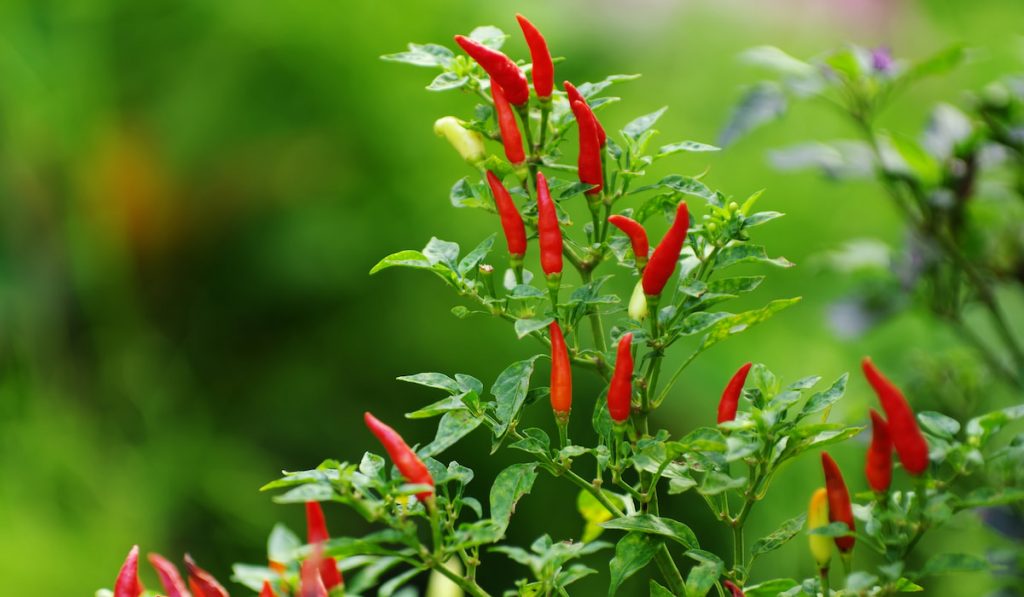
1. When Will Pepper Fruits Appear After Pollination?
If pollination did occur and every condition was favorable, fruits should begin to appear 5-10 weeks after pollination.
Note that the first flowers to be successfully pollinated are usually the first to produce fruits. Also, not every flower will produce fruit because not all of them were pollinated successfully.
The fruits should ripen (or become ready for harvest) in less than 2 weeks after they appear.
2. Will Plucked Pepper Ripen?
Yes, unripe, plucked pepper fruits will ripen on their own. Just make sure that they are kept on a windowsill or surface with access to direct sunlight.
Note that peppers do not ripen as quickly as other fruits such as tomatoes, so you will need to be patient.
When the fruits are ripe, you can store them in a cool place or in the fridge.
3. Can You Cross Pepper with Other Plants?
Well, unless you are someone very skilled in botany or plant genetics, it is very difficult to cross peppers with other plants (especially those in a different family from pepper).
Pepper plants will not naturally nor easily pollinate with plants in other families the same way you do not expect animals such as lizards and dogs to produce offspring.
I just don’t want to say “impossible”, so you could try crossing pepper with other plants to see the result (i.e. if a new hybrid fruit will be produced).
4. Do Peppers Need Pollinators Just Like Several Other Plants?
Pollinators are agents that help to pollinate plants. Examples of pollinators are:
- Bats
- Man
- Wind
- Birds such as hummingbirds
- Insects such as bees, beetles, butterflies, etc.
Peppers do need pollinators but do not rely on them.
Since pollen grains of a flower can fertilize the egg cells of the same flower, the flowers of pepper plants just need a little bit of shaking (by a soft breeze) to be pollinated. Insects and other agents of pollination, however, can help when crossing different varieties of peppers.
5. Can You Graft Pepper?
Yes. You can graft the branches of pepper with other plants. You can graft peppers with plants such as tomatoes, eggplants, potatoes, etc.
When the branches have healed, they will start to grow and produce leaves. In no time, they will fruit (if the condition is right).
Remember to graft your pepper plant with plants that share similar temperature, pH, sunlight, and nutrient needs with your pepper plants. Also, graft your pepper plant branch to a branch or scion of similar size.
You will need an expert gardener to help you graft your pepper plant for the first time.
Were your question answered?
Final Thoughts
The pepper is a great plant to try out when you are new to gardening. Peppers pollinate and fruit easily.
Pollination is the fertilization of the egg cells located in the ovule of flowers by pollen grains from the anther of the same or other flowers.
Pepper plants can self-pollinate, meaning that each individual flower can pollinate itself. When every needed condition is met, your pepper plant will produce fruits in no time.
Resources
- https://www.gardeningknowhow.com/edible/vegetables/pepper/peppers-not-producing.htm
- https://plantvillage.psu.edu/posts/6071-chilli-pepper-flowers-dropping-after-hand-pollination
- https://homeguides.sfgate.com/manually-pollinating-peppers-72965.html
- https://www.sandiaseed.com/blogs/news/pepper-pollination
- https://www.nola.com/entertainment_life/home_garden/article_fc1e5c29-e7d2-5533-9aa2-89bb683296f7.html

